The Elegance of the Hispano-Suizas
One of the delights of visiting a museum like the Mullin is the opportunity to meet vehicles that are rarely seen, certainly on the road or even at shows. A collaboration at the turn of the century between a Spanish captain and a Swiss engineer, Hispano Suiza literally translates into Spanish-Swiss. While production of Hispano-Suizas originated in Barcelona, it moved to France to follow the larger luxury car market.Two exceptional Hispano-Suizas are currently on display in the Mullin collection: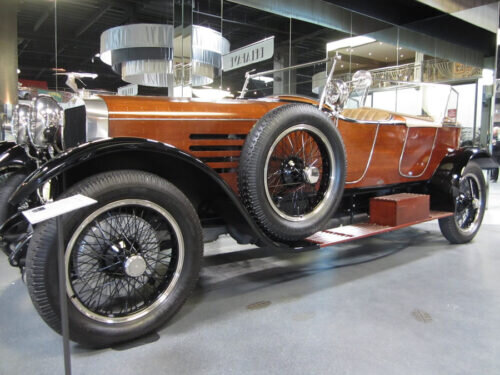
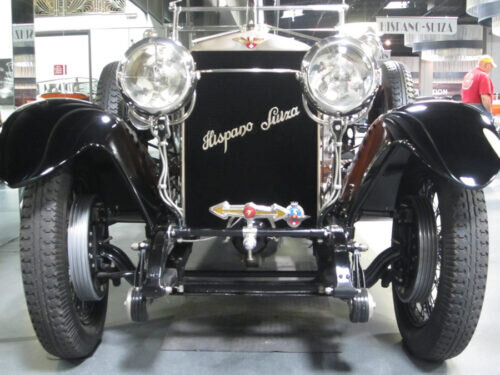

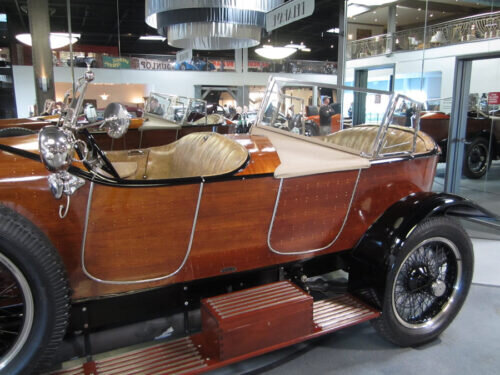
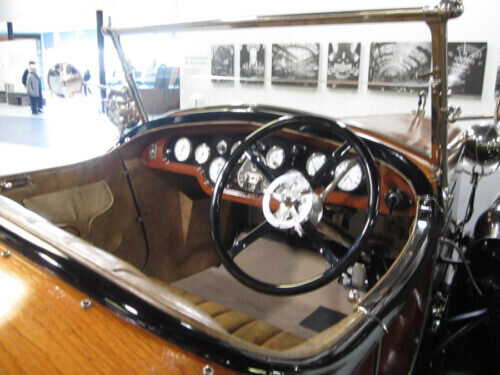

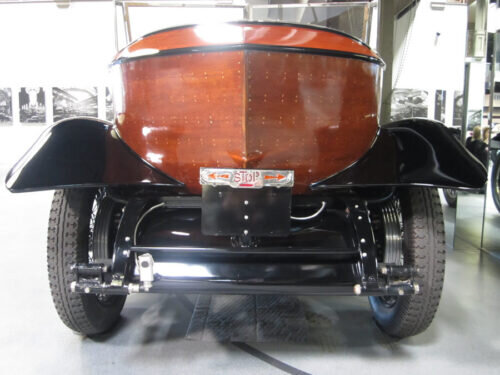

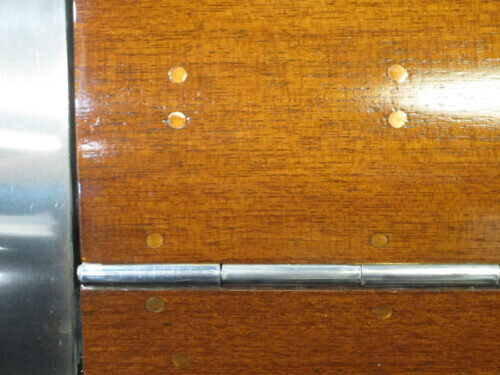

 According to the Mullin Automotive Museum, this 1922 Hispano-Suiza H6B Skiff-Torpedo is the only surviving Hispano-Suiza Labourdette Skiff Torpedo body. Built in 1922 for a wealthy French sportswoman, this car is production number one of 2,614 produced. This vehicle changed hands several times, from French to Swiss collectors, after which it ended up in Philadelphia, where the body was reunited with the correct chassis and engine. In 2008, the fully restored car was shown at Pebble Beach, and became part of the Mullin collection in 2010.
According to the Mullin Automotive Museum, this 1922 Hispano-Suiza H6B Skiff-Torpedo is the only surviving Hispano-Suiza Labourdette Skiff Torpedo body. Built in 1922 for a wealthy French sportswoman, this car is production number one of 2,614 produced. This vehicle changed hands several times, from French to Swiss collectors, after which it ended up in Philadelphia, where the body was reunited with the correct chassis and engine. In 2008, the fully restored car was shown at Pebble Beach, and became part of the Mullin collection in 2010.
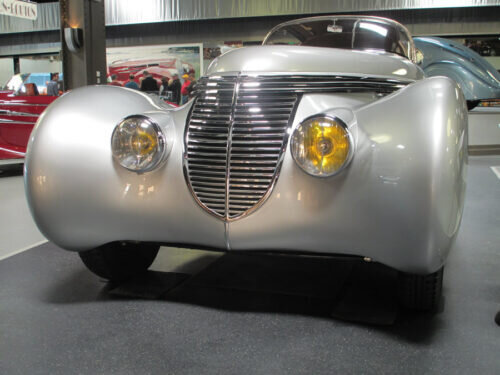



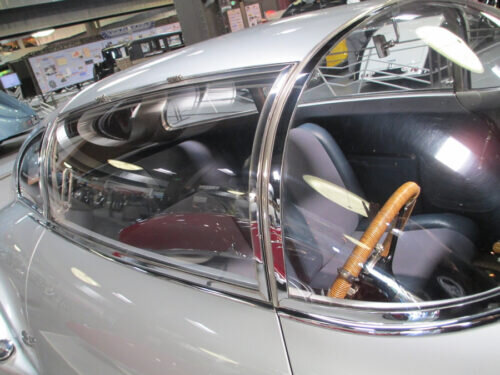
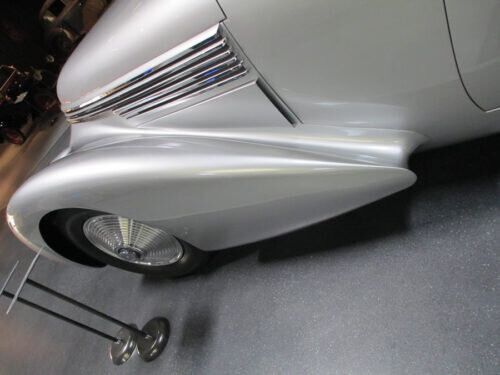
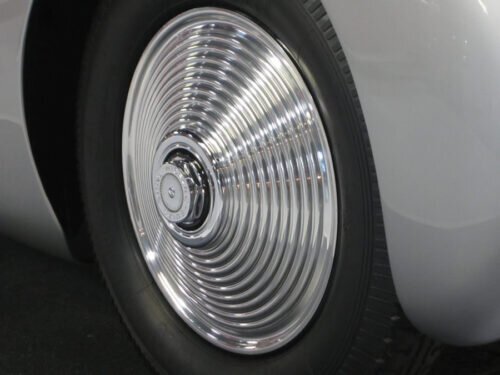
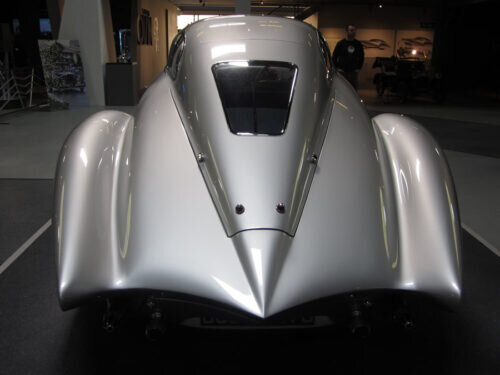 The brain child of Dubonnet aperitif heir Andre Dubonnet, a successful race car drive and a WWI fighter pilot, this 1938 Hispano-Suiza Dubonnet Xenia was named after his first wife. The Mullin also points out that one of the most impressive features of this vehicle is the patented independent suspension which Dubonnet designed for this car and later licensed to General Motors. One look at this aerodynamic body and you can certainly see the aircraft influence on its design. Even more stunning in person, it is no wonder that the Xenia holds many titles, including Most Elegant Closed Car at the Pebble Beach Concours, and Best in Show at both the Rodeo and Amelia Island Concours Shows.There are plenty more rare exotics and one-of-a-kinds to meet from our trip to the Mullin. Stay tuned this week to make their acquaintances!
The brain child of Dubonnet aperitif heir Andre Dubonnet, a successful race car drive and a WWI fighter pilot, this 1938 Hispano-Suiza Dubonnet Xenia was named after his first wife. The Mullin also points out that one of the most impressive features of this vehicle is the patented independent suspension which Dubonnet designed for this car and later licensed to General Motors. One look at this aerodynamic body and you can certainly see the aircraft influence on its design. Even more stunning in person, it is no wonder that the Xenia holds many titles, including Most Elegant Closed Car at the Pebble Beach Concours, and Best in Show at both the Rodeo and Amelia Island Concours Shows.There are plenty more rare exotics and one-of-a-kinds to meet from our trip to the Mullin. Stay tuned this week to make their acquaintances!
